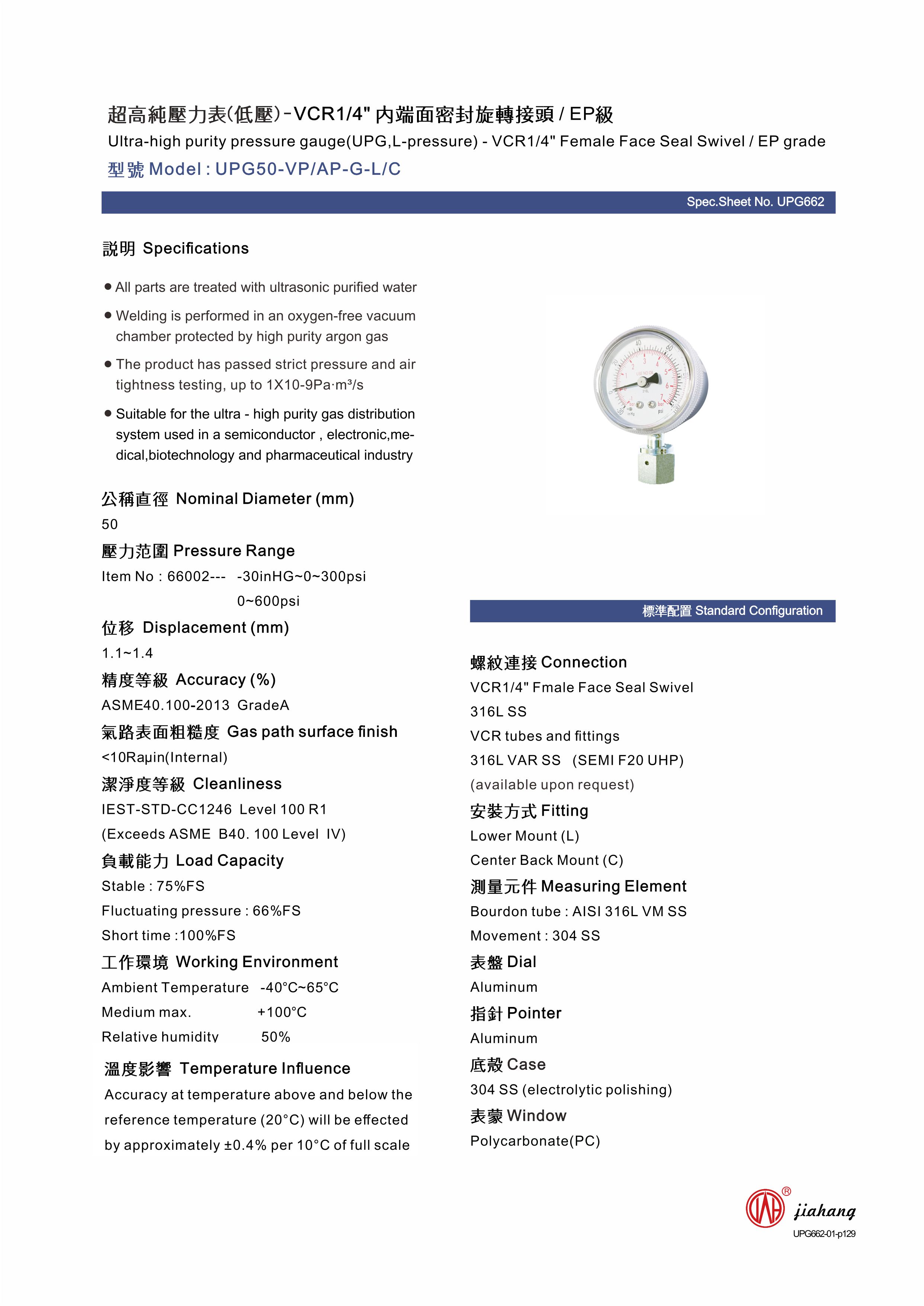
Nov . 22, 2024 09:57 Back to list
best differential pressure gauge types
Best Differential Pressure Gauge Types
Differential pressure gauges are essential instruments used in various industries to measure the difference in pressure between two points. These devices play a critical role in monitoring and controlling processes—ensuring optimal operation and preventing equipment failures. The selection of the right type of differential pressure gauge depends on several factors, including the application, the environment, and the required accuracy. In this article, we will explore the most commonly used types of differential pressure gauges and their applications.
1. Bourdon Tube Differential Pressure Gauges
Bourdon tube differential pressure gauges are among the most widely used types in the industry. They operate on the principle of a Bourdon tube that deforms when there is a difference in pressure between two points. This deformation is transmitted to a pointer, indicating the pressure difference on a dial. These gauges are known for their robustness and reliability, making them suitable for various applications, including HVAC systems, water treatment, and industrial processes.
Advantages - Low cost and easy installation - Suitable for a wide range of pressures - Durable and resistant to harsh environments
Disadvantages - Limited accuracy compared to more advanced types - Mechanical parts may wear over time
2. Diaphragm Differential Pressure Gauges
Diaphragm differential pressure gauges use a flexible diaphragm to measure pressure differences. When pressure is applied, the diaphragm flexes, causing movement that is translated into a readable value. These gauges are particularly beneficial for applications involving viscous or corrosive fluids, as they can be designed with various materials to resist chemical reactions.
Advantages - High accuracy and responsiveness - Suitable for low pressure and high vacuum applications - Can handle both gases and liquids, including corrosive materials
Disadvantages - More expensive than Bourdon tube gauges - Complex installation may be required depending on the application
3. Capacitance Differential Pressure Gauges
Capacitance differential pressure gauges measure the pressure difference by detecting changes in capacitance due to the movement of a diaphragm or other sensing element
. These gauges are known for their high precision and stability, making them ideal for applications in cleanrooms and laboratories, where accurate readings are paramount.best differential pressure gauge types

Advantages - High accuracy and excellent repeatability - Minimal drift over time - Ideal for low differential pressures
Disadvantages - Higher cost compared to mechanical gauges - Requires calibration and maintenance for optimal performance
4. Electronic Differential Pressure Gauges
Electronic differential pressure gauges use advanced sensors and microprocessors to provide digital readings of pressure differences. They can offer features such as data logging, remote monitoring, and integration with control systems. These devices are suitable for complex industrial settings, including oil and gas, chemical processing, and pharmaceutical manufacturing.
Advantages - Digital output for easy reading and data integration - Additional features like alarms and data storage - Higher accuracy and versatility compared to mechanical gauges
Disadvantages - More expensive to purchase and maintain - Sensitive to electrical interference
5. Membrane Differential Pressure Gauges
Membrane (or membrane) differential pressure gauges are specialized devices that employ a thin membrane to detect pressure differences. These gauges are particularly effective in low-pressure applications and can be used in various industries, such as food and beverage, pharmaceuticals, and cleanroom applications.
Advantages - Excellent for low-pressure and high-vacuum applications - Minimal influence from temperature fluctuations - Compact design for limited spaces
Disadvantages - Limited maximum pressure range - Potentially higher costs due to specialized applications
Conclusion
Choosing the best differential pressure gauge type is crucial for ensuring accurate measurements and reliable performance in specific applications. Each type of gauge offers unique advantages and disadvantages, so it is essential to consider the specific requirements of your processes when making a selection. Whether you opt for a Bourdon tube, diaphragm, capacitance, electronic, or membrane differential pressure gauge, understanding the underlying principles and capabilities of each type can lead to improved efficiency and effectiveness in your operations.
-
High-Quality Pressure Gauge on Fire Extinguisher - Reliable Water Fire Extinguisher Pressure Gauge Suppliers & Exporters
NewsJul.08,2025
-
High-Quality Water Pressure Differential and Gauge Kit Reliable Manufacturers & Competitive Quotes
NewsJul.08,2025
-
High-Precision Digital Diaphragm Pressure Gauge – Reliable Manufacturer & Competitive Quotes
NewsJul.07,2025
-
Wholesale Diaphragm Pressure Gauge Supplier - Premium Quality & Competitive Price
NewsJul.07,2025
-
Digital Diaphragm Pressure Gauge Reliable & Precise Measurement Top Manufacturers Quotes
NewsJul.06,2025
-
High Accuracy Piston Type Differential Pressure Gauge - Reliable Manufacturers & Competitive Quotes
NewsJul.06,2025
